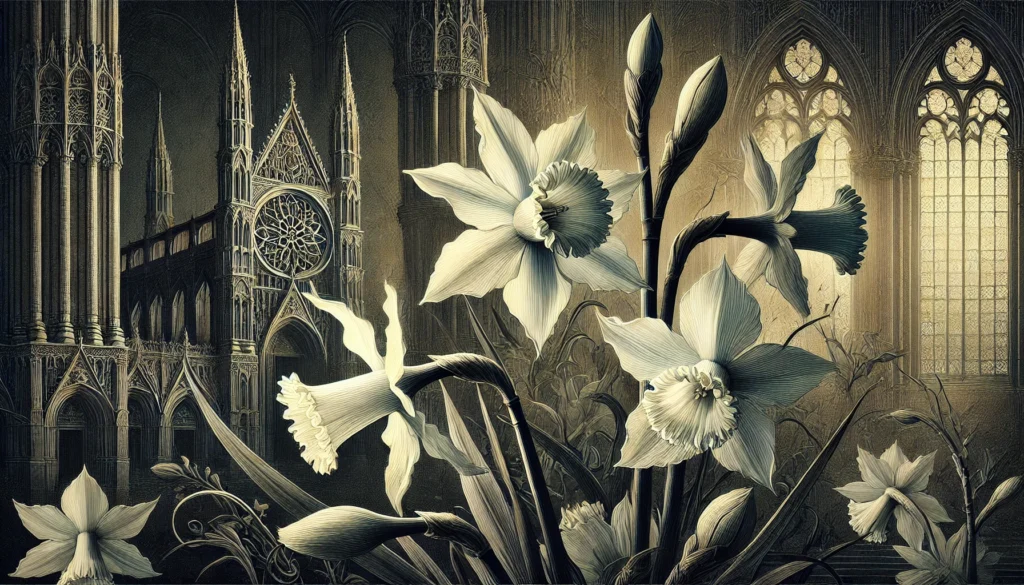

Home » Cat Plants » The Dangers of the Narcissus Plant to Cats

Narcissus, commonly known as daffodils, are popular spring-flowering bulbs that can be found in gardens, parks, and natural areas. While these beautiful flowers bring joy to many, they can pose a serious threat to our feline friends.
Cats are not allergic to narcissus in the traditional sense, but these plants are highly toxic to cats.
if ingested.
Ingestion may cause mild gastrointestinal upset, but is generally not life-threatening.
Ingestion can result in mild symptoms like vomiting, diarrhea, or drooling. Rarely fatal but may require veterinary care.
Eating these plants can lead to more pronounced symptoms like abdominal pain, lethargy, or difficulty breathing. Veterinary intervention may be necessary.
Ingesting even small amounts can cause severe symptoms like organ damage, seizures, or cardiac failure without rapid treatment.
All parts of these plants are extremely poisonous to cats and can quickly lead to death, even with immediate veterinary care.
** Please note: Please note that toxicity level can vary based on the amount ingested and the specific cat. It's always best to keep these plants completely inaccessible to cats and seek immediate veterinary care or call the poison hotline if you suspect your cat has ingested any part of a toxic plant.
If a cat has ingested any part of a narcissus plant, they may experience a range of symptoms. These can include:
In severe cases, narcissus poisoning can lead to convulsions, collapse, and even death.
If you suspect your cat has ingested a narcissus plant, it is crucial to seek veterinary care immediately. Your veterinarian will likely follow these steps to diagnose and treat your cat:

A: Yes, Narcissus is toxic to cats, primarily due to the presence of lycorine, a potent alkaloid. Ingesting any part of the plant can cause vomiting, diarrhea, and even more severe symptoms like tremors.
A: If a cat eats a daffodil, which is part of the Narcissus family, it may experience vomiting, drooling, and abdominal pain. The bulb is particularly dangerous, and severe cases can lead to more critical symptoms like heart irregularities.
A: The Narcissus flower is indeed poisonous, containing lycorine and other toxic substances. Contact with the plant can cause irritation, and ingestion can result in serious health issues for cats.
A: Lilies are often considered the most toxic flowers to cats, causing severe kidney damage. Other dangerous plants include Narcissus, azaleas, and sago palms.
A: Some of the least toxic flowers for cats include roses, orchids, and gerbera daisies. These plants are generally safe, but it’s still essential to monitor your pet’s behavior around them.
A: While rare, ingesting large amounts of Narcissus can be fatal for cats. The plant’s toxins can cause severe symptoms like seizures and heart issues, so immediate veterinary attention is crucial.
Narcissus plants have a rich history dating back to ancient times. In Greek mythology, the flowers are named after the character Narcissus, who fell in love with his own reflection.
The plants have been cultivated for centuries and were brought to Europe by the Romans. Today, there are over 50 species of narcissus, with countless cultivars available in a range of colors and shapes.
Please note: The information shared in this post is for informational purposes only and should not be considered as veterinary medical advice.
🐾 A hilarious or heart-melting cat video
🐾 Our latest paws-on review of a cool cat toy